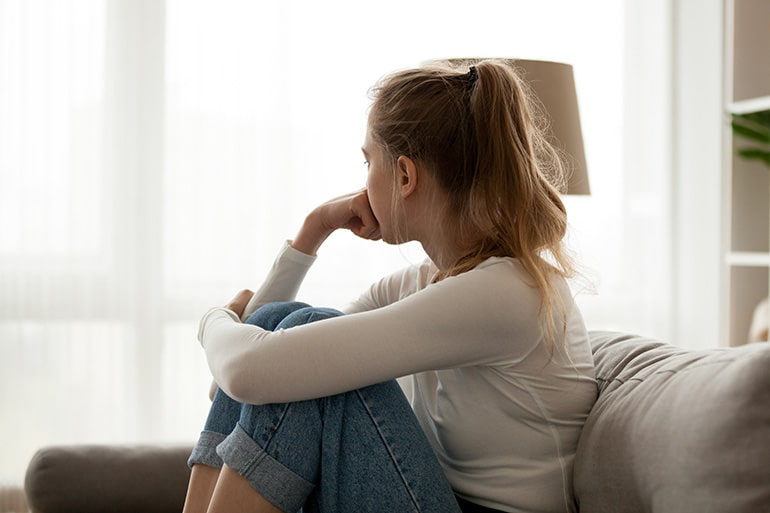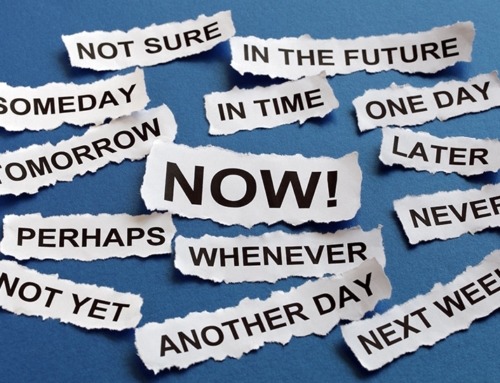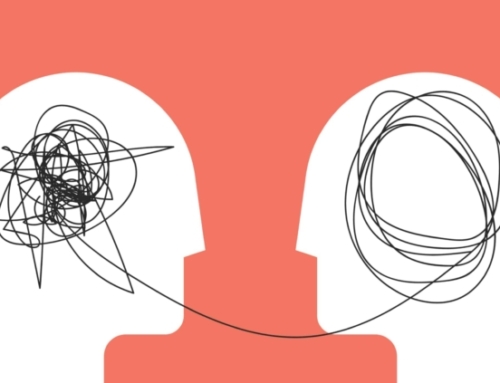My focus today is helping you make sense of how you can help patients cope with the threat of COVID-19 illness AND with the many disruptions this threat is causing in our society. I’ll have further missives over the coming weeks.
Recognition
As clinicians, we need to be attuned to how different people perceive the COVID-19 threat and its consequences. Some patients, of course, make their fears explicitly known while others stay mum, even though they may harbor concerns, concerns that may be overwhelming to them despite their silence about them. And even the patients who explicitly discuss their worries may keep certain aspects out of the conversation, oftentimes their most dire fears.
I think it is better to err on the side of direct inquiry of patients’ thoughts regarding the risk of illness and societal disruptions. Patients, of course, differ on what they worry about. For example, a patient may be completely unconcerned about contracting the illness and yet terrified of losing their job and their home because of the possibility of being laid off. Fears of infection and of becoming financially wiped out are both real.
Acceptance
You, like everyone, have your own beliefs and feelings about coronavirus and its effects. Since you likely treat many patients, you will inevitably hear from some with whom you strongly disagree or can’t relate to. Just as some people are stocking up on years’ worth of toilet paper, others are excitedly making reservations to restaurants that until recently required weeks of waiting to get into. It’s easy to imagine that the one group has a low opinion of the other one. I’ve always loved George Carlin’s joke about how the people driving faster than you are maniacs while the ones driving slower are idiots. A similar dynamic probably holds here.
It helps me to remind myself that the reason that both risk-taking and risk-avoiding temperamental traits exist among humans is because both increase evolutionary fitness, just at different times and in different situations. Some people thrive in certain situations while others wilt. Change the situation and the members of the groups shift: winners become losers and vice versa.
Last, you will likely encounter patients who act in ways that place not only themselves at risk but others too. It will likely make you frustrated and angry. Unless the government makes this type of behavior a crime or a reportable public health condition, you will be left with only your ability to influence the patient through discussion and verbal persuasion. It’s worth noting here that many people act in maladaptive ways not only through ignorance but through skill deficits. They are open to behaving differently if they could learn how.
Dwelling
I’m sure the time you spend with patients is already packed with necessary discussions and tasks. It’s challenging to give patients time to get their COVID-19 related concerns off their chests and to get the conversation “back on track.” But time should be made for discussion of this new threat, whose consequences we do not yet fully grasp. I’ve found that sometimes “the best way to go fast is to go slow.” This means that if something is on a patient’s mind, they will continue to return to it until it is addressed. So, it’s better to give the issues of concern their time in the sun from the beginning.
Dwelling means empathically entering the patient’s experience of their world, so they feel less alone, less vulnerable, and more able to come to terms with their concerns and forthrightly address them. My analogy is entering someone’s house (their dwelling), having them show you around, appreciate what you see, and then gently lead them out of this dwelling. It’s much less effective to shout at them from the sidewalk to get the heck out of their house.
Problem-Solving
Not everyone is equally good at articulating their problems and distress nor at developing effective solutions. To return to my metaphor of entering the patient’s dwelling: helping them out of it often means helping them address the real-life daily challenges they face by systematically defining them and developing concrete operationalized solutions to each. Patients are more willing to follow a clinician down this path of sustained effort when they feel heard and understood by this clinician.
Long-Term View
I’m not an expert in infectious diseases, but from what I’ve read, it appears that we will be facing this threat for 12-18 months. That’s a long time. A long time to live with the sense of threat from the virus and from the social disruptions that accompany it. Even then, once the spread is suppressed or vaccines made available, the way of life we’ve become accustomed to will not return. Things will be different. Some people will thrive, and others will not. To me, part of dwelling in the concern and validating it is to be forthright that this is a big deal, that the multiple threats to health and livelihood are real.
Even once the threat of the COVID-19 illness passes, the aftermath will continue, for some people for the rest of their lives. There will be loss, grief, regret, disappointment, anger, long-term vulnerability, and perhaps guilt. This virus and the illness it causes will lead to the collapse of our lived world. All of a sudden, things that seemed solid and secure crumble from one day to next. The emotional fallout from such collapses of assumptive worlds is that they don’t only affect our relationship to the present and future, but to the past, too: “Oh, how naïve I was. How petty were my concerns. How I spent my precious time on such trivia!”
There is the opportunity for post-viral (posttraumatic) growth, but there is a need to dwell in the sense of disruption and discombobulation first. Let’s give it its due before we move on.
I’ll be in touch again this coming week. Please send your comments, what’s going on with you and in your clinic, and let me know how I can help.
Until next time,
Dr. Jack
LanguageBrief
Today’s Quotes
“Not knowing when the dawn will come
I open every door.”
― Emily Dickinson“Do not despise your own place and hour. Every place is under the stars, every place is the center of the world.”
― John Burroughs“When a great moment knocks on the door of your life, it is often no louder than the beating of your heart, and it is very easy to miss it.”
― Boris Pasternak“I want to think again of dangerous and noble things.
I want to be light and frolicsome.
I want to be improbable beautiful and afraid of nothing,
as though I had wings.”
― Mary Oliver







Leave A Comment